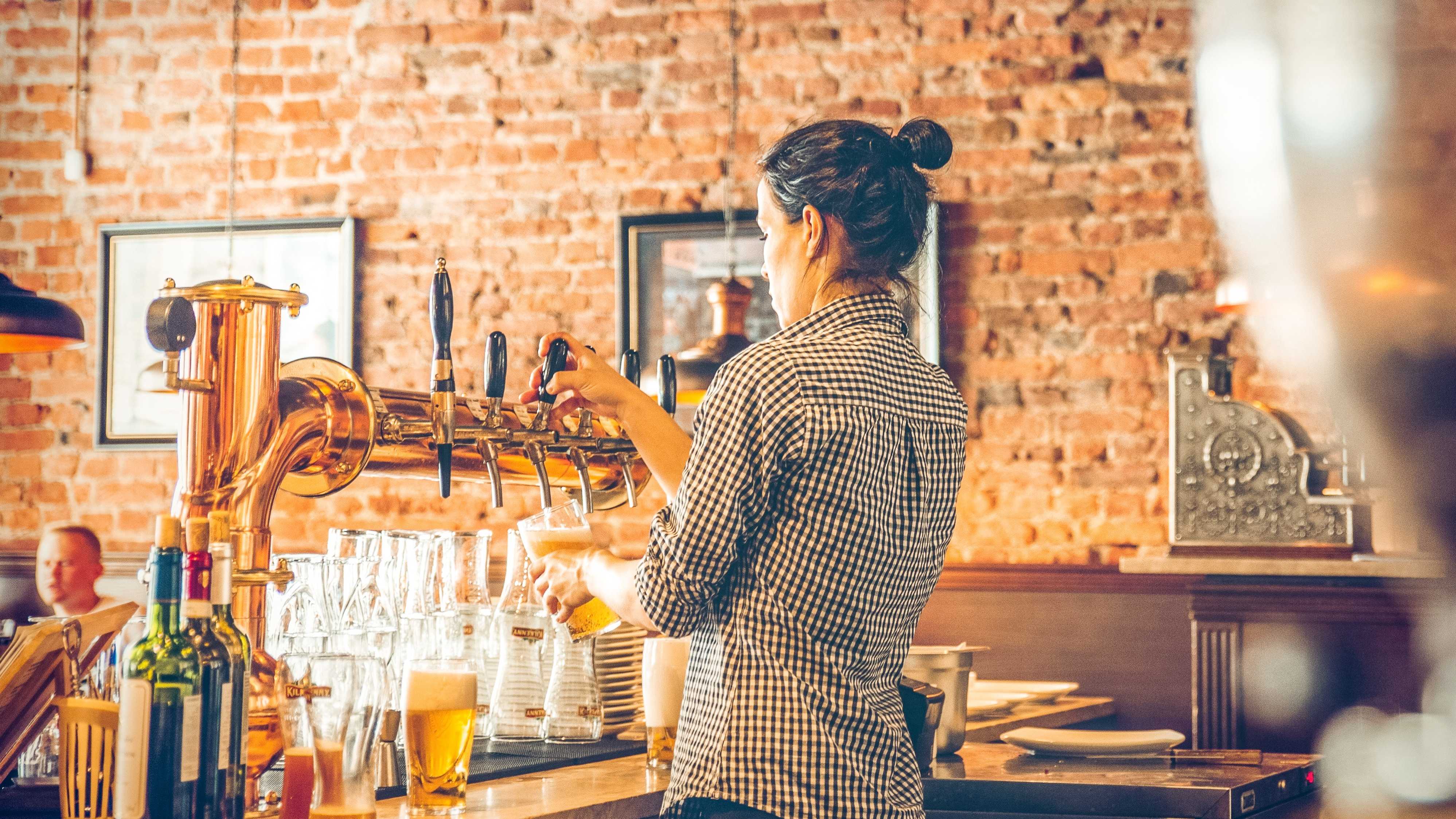4 Types of Technology for Successful Restaurant Operators

Technology has revolutionized the way the restaurant industry operates. From streamlining operations to improving customer experience, technology has become an essential component of any successful restaurant operation. Below are 4 pieces of technology that every restaurant operator should consider implementing to improve efficiency, productivity, and profitability.
Online Ordering Platform
With the rise of food delivery services, an online ordering platform has become a must-have technology for restaurant operators. Online ordering platforms allow customers to order food directly from the restaurant’s website or app, rather than having to call in to order. This not only makes the ordering process more convenient for customers but also reduces the workload for restaurant staff.
Online ordering platforms can also be integrated with third-party delivery services like DoorDash or Uber Eats, allowing restaurant operators to expand their customer reach without having to invest in delivery infrastructure. This can be a game-changer for small, independent restaurants that may not have the resources to offer delivery on their own.
In addition to improving the customer experience and reducing employee workload, online ordering platforms can also provide valuable data to restaurant operators. They can track orders, monitor customer preferences, and identify trends, allowing them to make data-driven decisions to optimize their menus and operations.
POS System
A POS (point of sale) system is a computerized system used to manage sales transactions and inventory. POS systems have become essential in the restaurant industry, as they streamline ordering and payment processes, reduce errors, and provide valuable data to restaurant operators.
A modern POS system can do a lot more than just process transactions. It can be integrated with inventory management systems, employee management systems, and online ordering platforms. This allows restaurant operators to manage all aspects of their operations from a single system, providing a thorough overview of their business.
POS systems can also provide valuable data to restaurant operators, such as sales data, inventory levels, and employee performance. These systems make it easy to identify trends and optimize operations to improve profitability.
People Management Technology
Labor scheduling is one of the most time-consuming and complicated aspects of restaurant management. Traditionally, this has been done on paper or even through a text thread. However, these methods can be time-consuming and often need to be changed when employees have last-minute schedule changes.
With the advancement of technology, modern scheduling systems can help restaurant operators streamline labor scheduling and management. These systems can factor in peak business hours, staff availability, and skill levels. This ensures that the restaurant has the right number of employees, with the right skills, at the right time.
Still, life happens. Employees may get sick, have a last-minute emergency, or have to miss a shift for another reason. That’s where software like Gigpro comes in. Gigpro’s on-demand staffing platform can complement these scheduling systems by providing quick access to a pool of qualified and experienced gig workers. Restaurant operators can post shifts on the Gigpro app, and hospitality gig workers can apply for those shifts directly from their phones. This provides restaurant operators with greater flexibility in managing their labor needs, especially during unexpected staffing shortages or increases in demand.
Reservation Software
Reservation software is extremely common today, and easily allows restaurant operators to manage reservations and table assignments. This technology is especially useful for restaurants that experience high volumes of reservations.
Reservation management systems can be integrated with POS systems, allowing restaurant operators to manage all aspects of their reservation performance in the same place as their other important data. This data can help restaurant operators plan their inventory and staffing needs more accurately.
Additionally, reservation management systems can be used to improve customer experience. These systems can be set up to send automatic confirmations and reminders to costumes, reducing the likelihood of no-shows and improving customer satisfaction. These systems are also useful for keeping track of repeat customers. Hosts, managers, and servers can make notes of allergies, table preferences, and special occasion dates.
Adopting New Technology
As your restaurant scales, you will want to review your current technology and ensure it is meeting your changing needs. In addition to reviewing your current tech, ask yourself the below questions.
Are your current employees satisfied?
Are your employees spending a lot of time on tasks that can be automated?
Are your profit margins where you want them to be?
Do you notice any recurring themes in online reviews?
Are you running into unnecessary food waste?
Is it taking a large amount of time to schedule employees?
Take some time to reflect on your answers and determine if technology can help you relieve any issues you identify.
Technology has brought the restaurant industry into the 21st century. From scheduling to payment, modern technology offers restaurant operators a range of solutions to improve their management practices. Gigpro’s on-demand staffing platform can complement these solutions by offering operators a flexible way to staff with access to a pool of qualified and experienced hospitality gig workers. By leveraging technology and Gigpro, restaurant operators can improve their management practices, increase productivity and profit margins, and ultimately provide a better customer experience.

